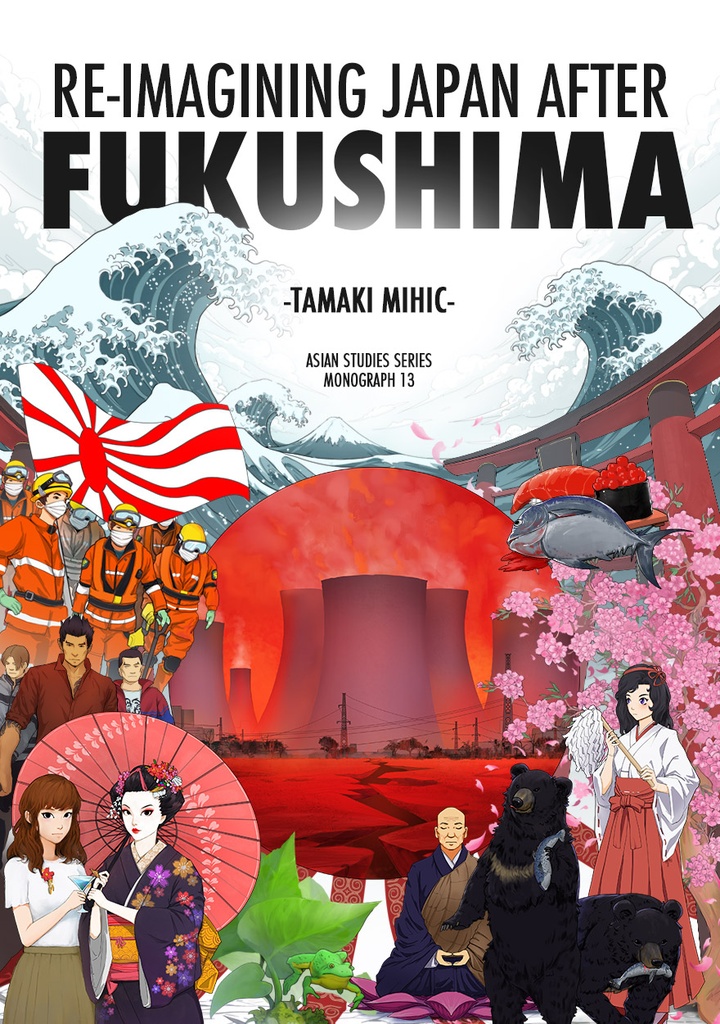Re-imagining Japan after Fukushima
Editorial: ANU Press
Licencia: Creative Commons (by-nc-nd)
Autor(es): Mihic, Tamaki
The 2011 Tohoku earthquake, tsunami and Fukushima nuclear disaster (collectively referred to as ‘3.11', the date of the earthquake), had a lasting impact on Japan's identity and global image. In its immediate aftermath, mainstream media presented the country as a disciplined, resilient and composed nation, united in the face of a natural disaster. However, 3.11 also drew worldwide attention to the negative aspects of Japanese government and society, thought to have caused the unresolved situation at Fukushima.
Spurred by heightened emotions following the triple disaster, the Japanese became increasingly polarised between these two views of how to represent themselves. How did literature and popular culture respond to this dilemma? Re-imagining Japan after Fukushima attempts to answer that question by analysing how Japan was portrayed in post-3.11 fiction. Texts are selected from the Japanese, English and French languages, and the portrayals are also compared with those from non-fiction discourse. This book argues that cultural responses to 3.11 had a significant role to play in re-imagining Japan after Fukushima.
[Acton: 2020]
Compartir:
Una vez que el usuario haya visto al menos un documento, este fragmento será visible.


